Ashi Gatame - Judo Term Explained
Share

Ashi Gatame is a Judo technique referring to a kansetsu-waza (joint lock) where one uses their legs to immobilise opponents, enhancing affirmative capabilities. Executed by wrapping one's legs around the opponent's leg, variations include prone and supine position applications.
Properly applied, Ashi Gatame strategically immobilizes and controls leg joints, leading toupdate submissions or scoring techniques. It is a versatile and effective technique that can flow smoothly from various holds.
Master Ashi Gatame to elevate your combat skills.
Key Takeaways
Ashi Gatame is an immobilisation technique categorised as kansetsu-waza (joint lock) in Judo, enhancing groundwork and scoring capabilities by wrapping one's legs around the opponent's leg.
This fully legal technique in Judo and BJJ allows transitions into various holds, including kesa gatame. Proper execution of Ashi Gatame ensures precise positioning and leverage to restrict opponent movement effectively, often adapted from supine or prone positions, and can evolve into submissions or scoring techniques.
Ashi Gatame Meaning and Classification
Ashi gatame, also known as ude-hishigi-ashi-gatame, is a Kodokan Judo grappling technique categorized as kansetsu-waza (joint lock).
This ground technique immobilizes opponents using leverage, falling under katame-waza and joint lock categories.
Ashi-Gatame Execution and Variations
Ashi Gatame, a precise and controlled judo technique, involves wrapping one's legs around the opponent's leg to apply systematic pressure. This strategic maneuver successfully immobilizes and controls the opponent on the ground, enhancing one's groundwork and scoring prowess.
Ashi Gatame includes several variations, incorporating different positions and transitions:
- Prone Position Application: Ashi Gatame can be executed from a prone position where the attacking player (Tori) wraps one of the opponent's arms between their legs and applies downward pressure on the elbow joint.
- Supine Position Execution: Ashi Gatame can also be executed from a supine position, where Tori wraps an arm around the opponent's neck while applying pressure to the elbow with the thigh.
- Adaptions from Different Holds: Ashi Gatame variations involve transitioning to this technique from other holds or progressions, strategically leveraging leg and body positioning to achieve maximum impact.
- Additional Techniques: Incorporating the Ude Hishigi Ashi Gatame, known as a Leg Arm Bar or Side Lying Arm Bar, and Ude Gatame techniques enhance the overall groundwork and groundwork scoring capabilities.
This judo technique offers immense versatility by allowing judokas to shift seamlessly into immobilisations, setups for submissions, and pinning opportunities. Ashi Gatame's adaptability is further exemplified by its ability to transition from different holds or preset movements, allowing judokas to stay adaptable in combat scenarios.
Legality and Application of Ashi Gatame
Properly applied leg locks in Judo, such as Ashi Gatame, strategically immobilise and control an opponent's leg joint.
Ashi Gatame, a legal grappling technique, ensures precise positioning and leverage to restrict movement effectively, evolving into submissions or scoring techniques while maintaining control and immobilisation.
Check the full list of Judo terms here.
Frequently Asked Questions
What Does Ashi Mean in Judo?
In Judo, 'ashi' means 'leg' or 'foot,' referring to techniques that use the legs and feet to unbalance or throw an opponent.
What Is Gatame in Judo?
Gatame in Judo refers to pinning or holding techniques that immobilize opponents on the ground, leveraging body control to secure wins. Techniques include Kami Shiho Gatame, Kata Gatame, Kesa Gatame, Kuzure Kesa Gatame, Kuzure Kami Shiho Gatame, Tate Shiho Gatame, and Yoko Shiho Gatame.
What Is the Meaning of Kesa Gatame in Judo?
Kesa gatame in judo refers to a side control hold where Tori wraps one arm over Uke's head and the other under their arm, resembling a draped scarf. This position is categorized as one of the seven mat holds, known as Osaekomi-waza, and is commonly referred to as a "scarf hold" due to its resemblance to a Buddhist monk's sash.
What Does Gatame Mean in Japanese?
Gatame in Japanese means 'pin' or 'hold.' It refers to various pinning techniques that aim to control and immobilize opponents in Judo, with the goal of securing points and gaining dominance. These techniques are categorized under "osaekomi-waza" or "katame-waza," which encompasses different types of grappling techniques. Notable examples include Kesa-gatame (Scarf hold), Kata-gatame (Shoulder hold), Kuzure-kesa-gatame (Broken scarf hold), Kami-shiho-gatame (Upper four quarter hold), and Yoko-shiho-gatame (Side four quarter hold). Each of these techniques involves strategically placing body parts to restrict the opponent's mobility and secure a hold, often leading to points in a match.
Conclusion
Ashi gatame is a potent grappling technique masterfully leveraging joint manipulation to immobilize and disadvantage opponents. Its versatility shines in various positions, making it a crucial tool for controlling and potentially submitting adversaries.
As one of Kodokan Judo's 29 official grappling techniques, Ashi gatame exemplifies Judo's expertise in joint manipulation, showcasing the martial art's efficiency in ground grappling.
Related Posts
-

Kayla Harrison's Judo Journey - Judo Champion Turned MMA Powerhouse
Kayla Harrison is a groundbreaking American judoka who made history by becoming the first American woman to win an Ol...
-

Judo Atlanta - List of Judo Clubs in Atlanta area
In Atlanta, you can find excellent judo clubs such as Atlanta Judo Midtown and Black Ice Fitness where you can train...
-

Guram Tushishvili Disqualified - JUDO DRAMA with Teddy Riner
Guram Tushishvili Disqualified - Unsportsmanlike Behavior to French Judoka Teddy Riner Leads to Disqualification fro...
-

Yeldos Smetov - Judoka Profile
Yeldos Smetov, a name synonymous with excellence in judo, has carved out an illustrious career that stands as a beac...
-

Judo Olympics 2024 Results - Gold, Silver, and Bronze Medalists
The Judo Olympics 2024 Results are eagerly anticipated as the Paris Games approach, promising a thrilling display...
-

Judo For Self Defense - Here Is Why Is Judo Best For Self-Defense
Judo For Self Defense packs a punch. This martial art, born in Japan, turns attackers' strength against them. No nee...
-
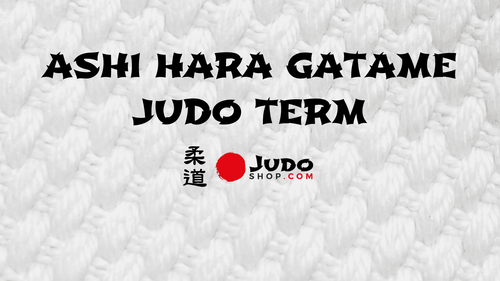
Ashi Hara Gatame - Judo Term Explained
Ashi Hara Gatame is a specialized technique in the martial art of judo, combining leg control, abdominal pressure, a...
-

Judo Olympics 2024: Highlights, Athletes, and Schedules
Judo Olympics 2024 enthusiasts, mark your calendars! From July 27 to August 3, the Grand Palais Éphémère near the Eif...
-
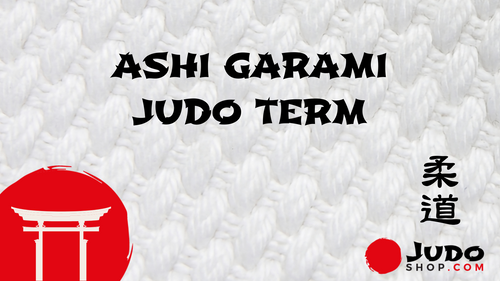
Ashi Garami - Judo Term Explained
What does "Ashi garami" mean in Judo? "Ashi garami" (足緘) is a Japanese term used in Judo that literally translates t...
-
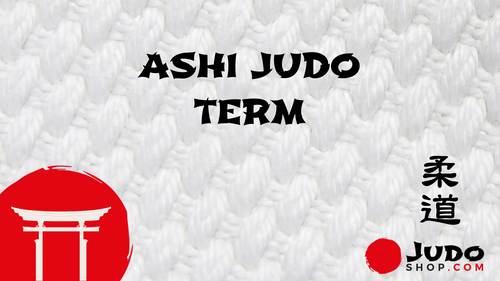
Ashi - Judo Term Explained
Ashi is term in Judo, referring to a leg or foot and category of judo techniques designed to unbalance and throw an ...
-
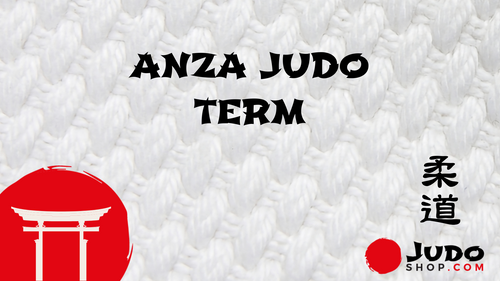
Anza - Judo Term Explained
The term Anza in Judo (安座) embodies a significant practice beyond merely sitting; it signals a deep respect and disc...
-
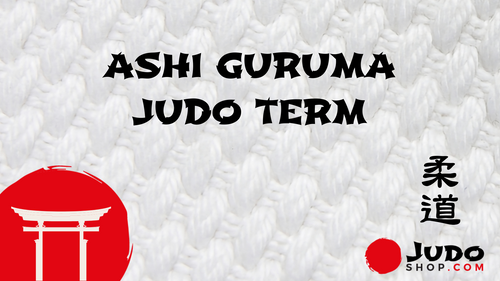
Ashi Guruma - Judo Term Explained
Ashi Guruma is a Judo term rooted in the martial art of Judo, which translates from Japanese as 'leg wheel'. This ju...
-
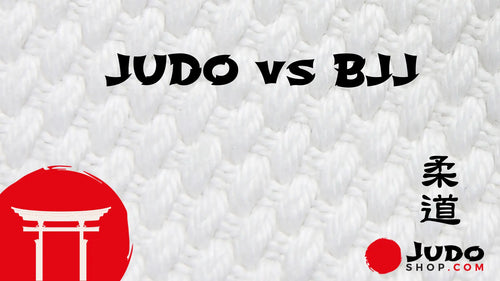
Judo vs BJJ? Of course Judo! Judo is better!
Welcome to Judoshop.com, the premier destination for judo enthusiasts worldwide. Here, we cater to beginners and vet...
-
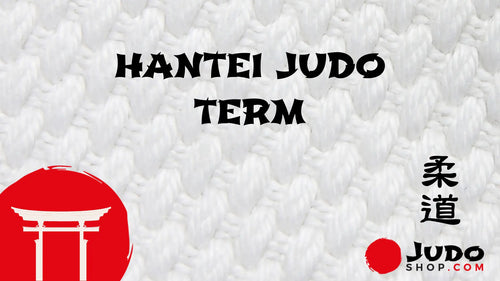
Hantei Judo Term Explanation
Contrary to popular belief, the term 'Hantei' in Judo is not just a simple decision-making process. It holds the p...
-
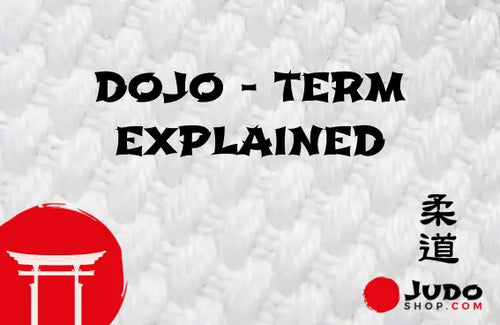
Dojo Meaning (updated 2023)
Dojos, places of immersive learning and meditation, hold great significance in martial arts. Derived from the Japane...
-
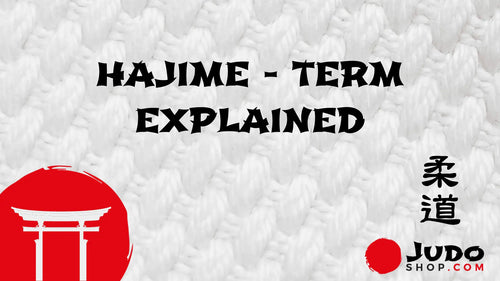
Hajime - Judo Term Explained
Ready to learn about Hajime in judo?It's all about using throws, pins, and joint locks on the mat. With the command ...
-
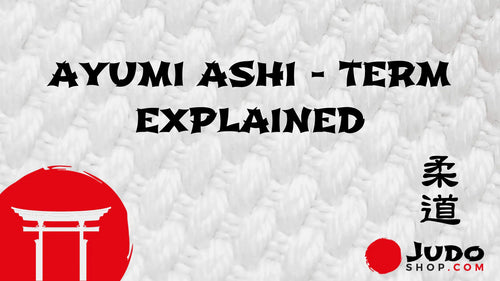
Ayumi Ashi - Judo Foot Work Explained
Are you ready to step into the world of Judo and master the art of Ayumi Ashi - 歩み足? This fundamental footwork techn...
-
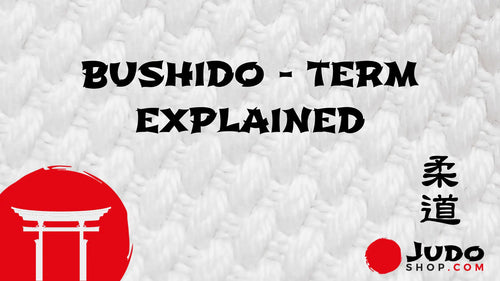
Bushido Explained
Bushido, the traditional code of ethics followed by samurai warriors in feudal Japan, is a subject that fascinates ...
-
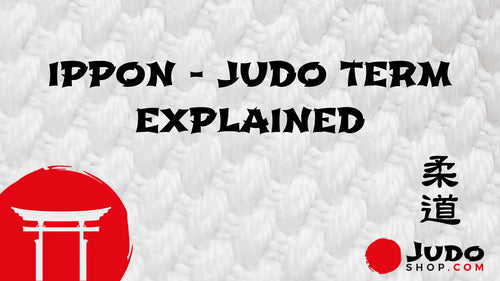
Ippon - Judo Term Explained
Imagine stepping onto the mat and feeling the adrenaline rush through your veins. In the world of judo, one ultimate...
-
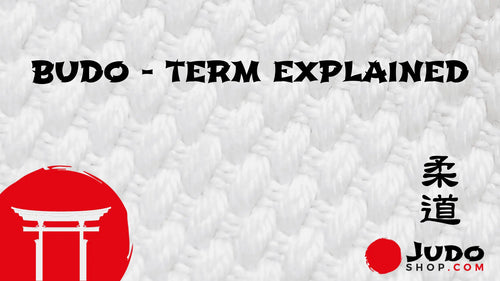
Budo - Term Explained
In a world full of chaos and conflict, one finds solace in the ancient art of budo. Contrary to popular belief, budo...
-
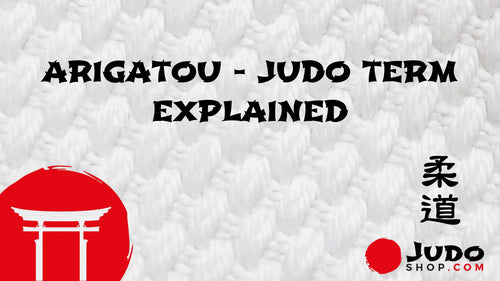
Arigatou - Judo Term Explained
Do you ever wonder about the true meaning behind the Japanese word 'Arigatou'? Well, wonder no more! 'Arigatou' is a...
-
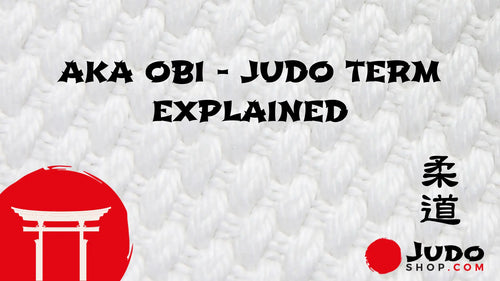
Aka Obi - Judo Term Explained
The aka obi, a red belt worn in Judo, is a prestigious symbol of expertise. Typically reserved for those holding a 9...
-

Why Are There 2 Bronze Medals In Judo
Judo is a unique sport that gives two bronze medals in each weight class. Many people wonder why this is done. To fi...
-
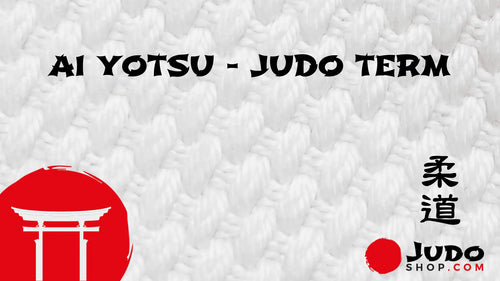
Ai Yotsu - Judo Term Explained
In the world of Judo, a term holds immense significance - Ai Yotsu. This grip, characterized by an intense and intim...
-
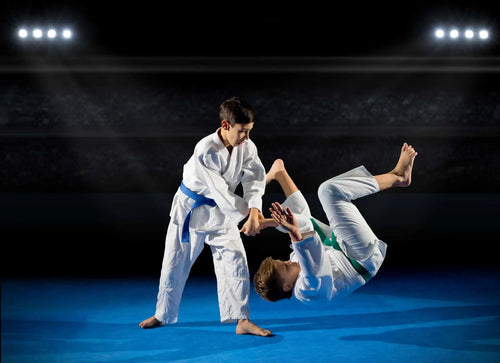
Is Judo Dangerous - Unveiling the Shocking Truths Behind this Ancient Martial Art
With its powerful throws and complex grappling techniques, one might wonder, "Is judo dangerous?" Yes, judo can po...
-

Is Judo The Toughest Sport - Unraveling the Grit and Grace of the Gentle Way
Judo, known as the Gentle Way, may seem like a paradoxical name for a sport, but don't let that fool you. While Ju...
-

Judo Terms - A Complete List of Judo Terms
Judo terms are the foundation of this martial art, and our collection is here to help both new and experienced judok...
-

English to Japanese Kanji and Hiragana translations
Are you looking for an English to Japanese Kanji translation? Here you can find more than 30 examples of Kanji and ...




























